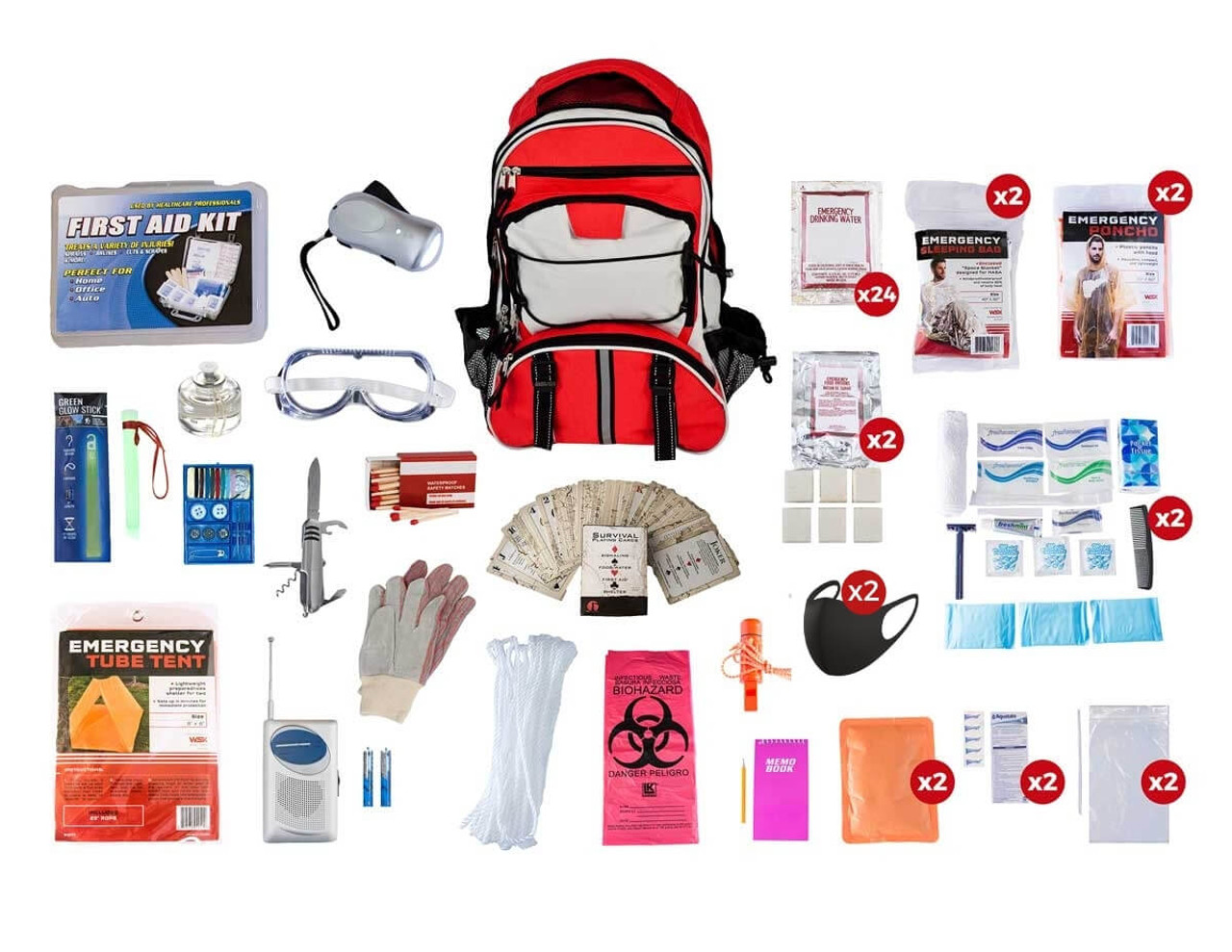Prepare for the Unanticipated: Emergency Preparedness Facilitated
Prepare for the Unanticipated: Emergency Preparedness Facilitated
Blog Article
How to Create a Comprehensive Emergency Situation Preparedness Strategy
In the realm of preparedness, creating a thorough emergency situation strategy is not simply a task to check off a checklist; it is a crucial cornerstone of any type of company or individual's resilience strategy. By meticulously crafting a strategy that attends to various elements of emergency situation administration, consisting of danger assessment, communication procedures, source allocation, and calculated decision-making, one can lay a solid foundation for guarding lives, possessions, and operations.
Importance of Emergency Situation Preparedness
Emergency situation preparedness is critical for reducing possible risks and making certain the security of neighborhoods and people. In today's world, where all-natural calamities, public health and wellness dilemmas, and various other emergencies can strike without warning, being prepared can make a significant difference in lessening the influence of these events. By having a well-balanced emergency preparedness strategy in area, organizations and people can respond properly, protect lives, and reduce residential or commercial property damages.
Among the primary reasons emergency situation readiness is crucial is its role in saving lives. When emergency situations take place, having a plan that lays out clear procedures for emptying, emergency situation, and interaction feedback can help people act swiftly and emphatically. This can stop injuries and casualties by making sure that people know what actions to take to stay secure
Furthermore, emergency preparedness improves the strength of communities. By cultivating a culture of preparedness and preparation for various situations, areas can bounce back faster from disturbances and calamities. This durability is important for keeping stability, continuity of operations, and general wellness despite difficulty.
Assessing Potential Dangers
Taking into consideration the importance of being gotten ready for unpredicted events, the initial action in creating a reliable emergency situation preparedness plan includes extensively reviewing and assessing prospective dangers. This evaluation calls for a detailed testimonial of all feasible dangers that might affect the organization, taking into consideration variables such as location, industry, and historic information on occurrences. By recognizing these threats, companies can prioritize their readiness initiatives and allot sources effectively to minimize the most substantial dangers.
Typical threats that companies may face consist of all-natural calamities like quakes, typhoons, or floods, technical threats such as power failures or information breaches, as well as human-caused threats like mishaps or intentional acts of violence. Conducting a threat assessment also involves considering the prospective impact of these events on the company's procedures, employees, consumers, and track record. By carrying out an extensive risk evaluation, organizations can create tailored emergency situation action plans that resolve their specific vulnerabilities and ensure reliable preparedness for any possible crisis.
Producing an Interaction Strategy
Establishing a detailed and clear interaction strategy is essential for efficient emergency situation readiness within organizations. In times of crisis, interaction plays a vital duty in making sure the safety and security and well-being of staff members, stakeholders, and the area. A well-thought-out communication plan need to describe my latest blog post clear lines of interaction, assign crucial workers liable for communication jobs, and develop protocols for distributing info rapidly and properly.
One key element of creating a communication plan is identifying alternating and main communication channels (EMERGENCY PREPAREDNESS). These can include e-mail, text messaging, phone trees, social networks platforms, and public address systems. It is crucial to make certain that these channels are trusted, obtainable, and frequently checked to ensure their efficiency throughout emergencies

Building an Emergency Situation Package
Offered the critical relevance of preparedness in times of situation, a vital component that companies should address is the establishment of an emergency situation package. When putting together an emergency situation kit, it is important to consider the details needs and conditions of the organization. In addition, organizations must consist of important records, such as contact listings, insurance policy details, and emergency feedback plans, in waterproof containers within the set.
Developing Evacuation Procedures
To guarantee the safety and security and orderly evacuation of personnel throughout emergencies, companies should establish clear and effective emptying procedures. Discharge procedures ought to include a series of possible scenarios, including fires, all-natural catastrophes, or various other emergency situations that call for speedy evacuation.
))/2204364.json)
In addition, organizations ought to establish a system for bookkeeping for all employees throughout an evacuation to ensure that every person has safely left the premises. Interaction plays a vital function in discharge treatments, with clear directions on exactly how to leave and when to do so. Normal testimonial and updating of emptying treatments based upon feedback and transforming conditions are vital to maintaining the effectiveness of the strategy.
Verdict
Finally, establishing a detailed emergency preparedness plan is important for making sure the safety and well-being of individuals in the event of a calamity (EMERGENCY PREPAREDNESS). By evaluating prospective dangers, producing a communication strategy, developing an emergency set, and developing emptying procedures, organizations and individuals can be better furnished to react effectively to emergencies. It is necessary to focus on readiness initiatives to minimize the influence of catastrophes and safeguard lives and residential property
In the world of preparedness, establishing a detailed emergency situation strategy is not merely a task to inspect off a checklist; it is an essential keystone of any type of company or individual's resilience approach. When emergency situations occur, having a plan that details clear procedures for discharge, emergency, and interaction action can assist individuals act promptly and emphatically. navigate to these guys. By performing a comprehensive risk analysis, companies can create tailored emergency situation action strategies that address their particular vulnerabilities and ensure effective preparedness for any possible situation
Developing a thorough and clear communication plan is important for efficient emergency readiness within companies. By examining prospective risks, developing a communication strategy, developing an emergency kit, and developing emptying treatments, companies and individuals can be much better furnished to react successfully to emergency situations.
Report this page